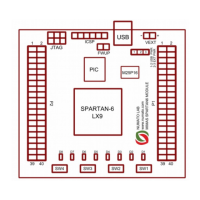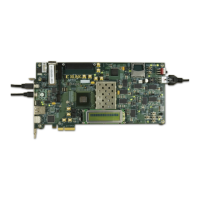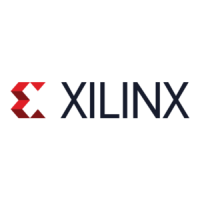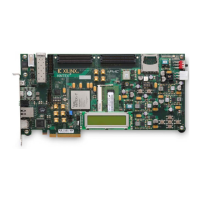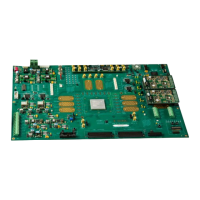38 www.xilinx.com Spartan-6 FPGA PCB Design and Pin Planning
UG393 (v1.1) April 29, 2010
Chapter 2: Power Distribution System
millimeters from the capacitor solder lands on the board, the current loop area is greater
than necessary (see Figure 2-1A).
To reduce the current loop area, vias should be placed directly against capacitor solder
lands (see Figure 2-1B). Never connect vias to the lands with a section of trace (see
Figure 2-1A).
Other improvements of geometry are via-in-pad (via under the solder land), not shown,
and via-beside-pad (vias straddle the lands instead of being placed at the ends of the
lands), shown in Figure 2-1C. Double vias also improve connecting trace geometry and
capacitor land geometry (see Figure 2-1D).
Exceptionally thick boards (> 2.3 mm or 90 mils) have vias with higher parasitic
inductance.
To reduce the parasitic inductance, move critical V
CC
/GND plane sandwiches close to the
top surface where the FPGA is located, and place the highest frequency capacitors on the
top surface where the FPGA is located.
Possibility 3: I/O Signals in PCB are Stronger Than Necessary
If noise in the V
CCO
PDS is still too high after refining the PDS, the I/O interface slew rate
can be reduced. This applies to both outputs from the FPGA and inputs to the FPGA. In
severe cases, excessive overshoot on inputs to the FPGA can reverse-bias the IOB clamp
diodes, injecting current into the V
CCO
PDS.
If large amounts of noise are present on V
CCO
, the drive strength of these interfaces should
be decreased, or different termination should be used (on input or output paths).
Possibility 4: I/O Signal Return Current Traveling in Sub-Optimal Paths
I/O signal return currents can also cause excessive noise in the PDS. For every signal
transmitted by a device into the PCB (and eventually into another device), there is an equal
and opposite current flowing from the PCB into the device's power/ground system. If a
low-impedance return current path is not available, a less optimal, higher impedance path
is used. When I/O signal return currents flow over a less optimal path, voltage changes are
induced in the PDS, and the signal can be corrupted by crosstalk. This can be improved by
ensuring every signal has a closely spaced and fully intact return path.
Methods to correct a sub-optimal return current path:
• Restrict signals to fewer routing layers with verified continuous return current paths.
• Provide low-impedance paths for AC currents to travel between reference planes
(decoupling capacitors at PCB locations where layer transitions occur).
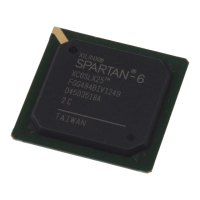
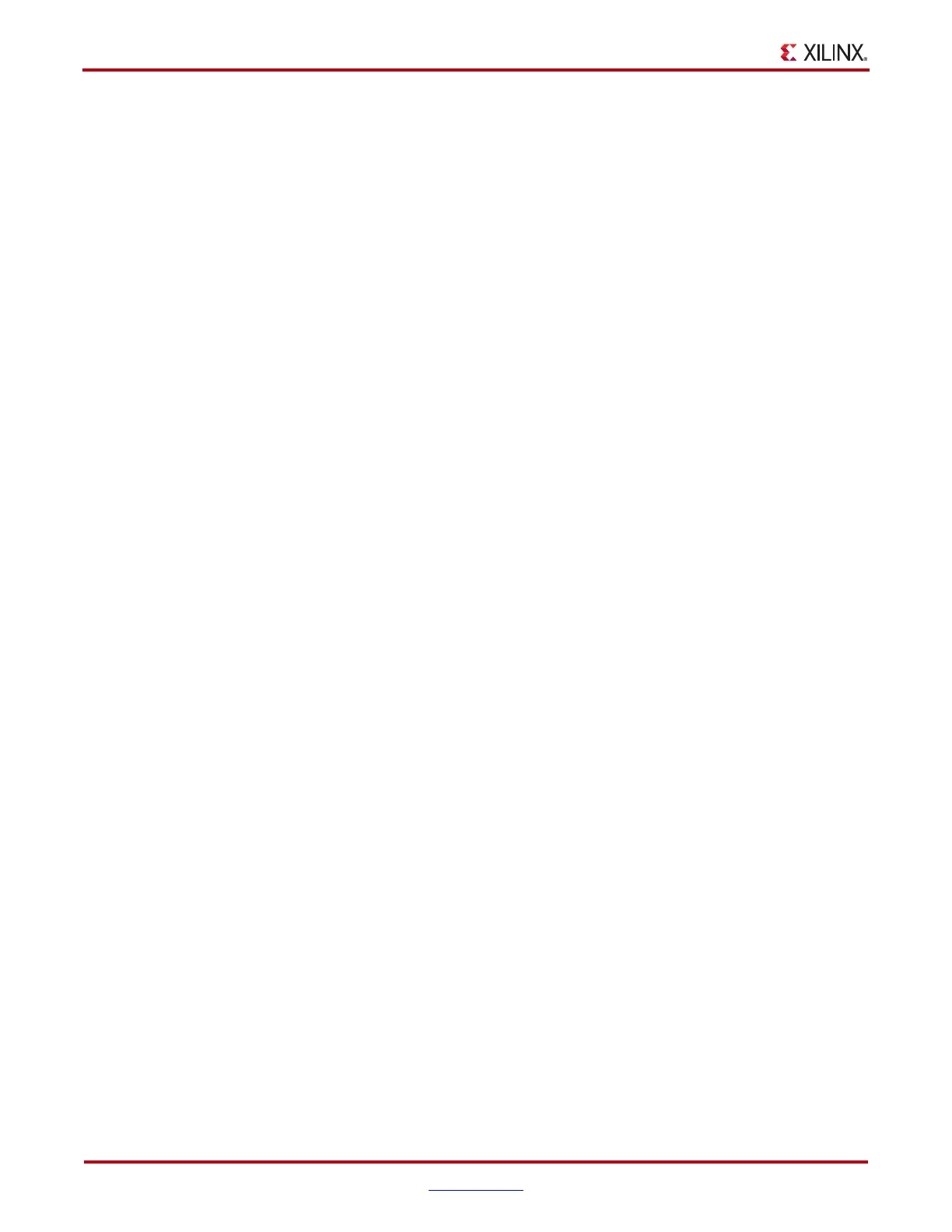